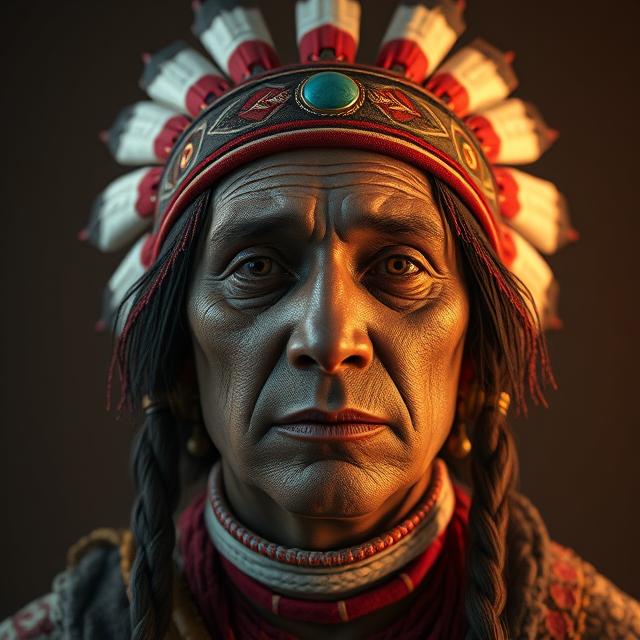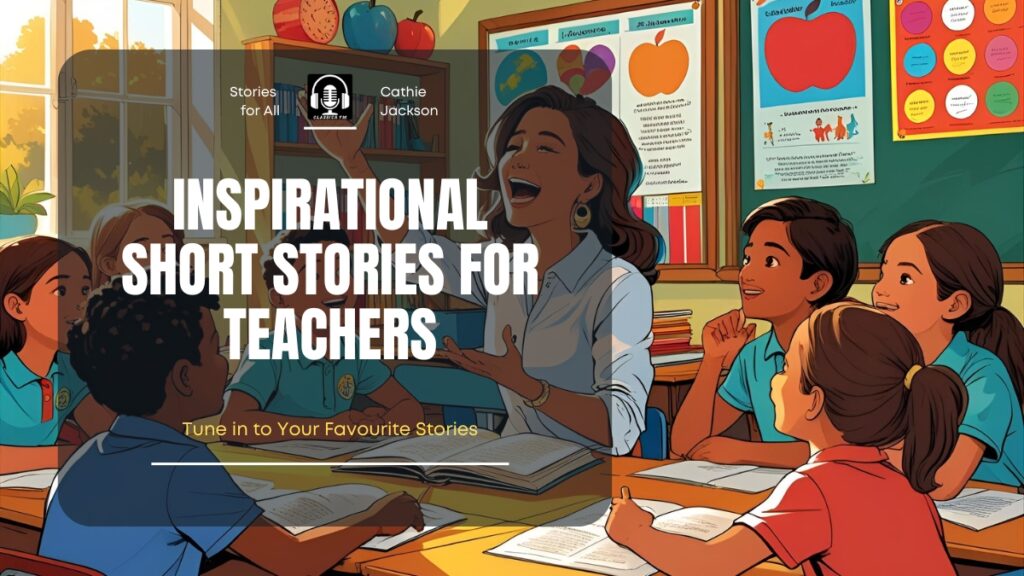Every culture carries stories that hold the wisdom of generations.
For Native Americans, storytelling has always been a way to pass down values, traditions, and lessons about life.
On Native American Day, it is important not only to honor the people and their heritage but also to reflect on the stories that have carried their voices through time.
These Short Native American Day Stories are simple in words but powerful in meaning.
They speak of kindness, balance, respect for nature, and the importance of choosing good over bad.
Whether told around a fire, passed down from elders, or shared with children today, these stories carry timeless truths that remain relevant in the modern world.
Below are seven short Native American tales, retold with warmth and detail, so that we can connect to the heart of their teachings.
1. The Story of the Two Wolves

A Cherokee elder once sat with his grandson by the fire.
He wanted to teach him a lesson about life.
The elder said, “Inside every person, there are two wolves.
One wolf is full of anger, jealousy, greed, arrogance, and lies.
The other wolf is full of peace, love, kindness, hope, and truth.
These wolves are in a constant battle inside you.”
The boy thought about this for a moment and asked, “Grandfather, which wolf wins?”
The elder looked into his eyes, placed a hand on his shoulder, and answered, “The one you feed.”
This story has been passed down through generations and is still one of the most shared Native American teachings today.
It reminds us that our choices matter. Each day, we feed one of the wolves with our actions, thoughts, and words.
If we choose kindness and honesty, the good wolf grows stronger.
But if we feed anger and greed, the bad wolf wins.
Lesson: The battles inside us are real, but we decide who wins.
2. The Hummingbird and the Fire
Long ago, the forest caught fire. The flames spread quickly, and animals of every kind—bears, deer, rabbits, and owls—ran for safety.
They gathered at the edge of the woods, watching helplessly as their homes burned.
Among them was a small hummingbird.
Instead of sitting and waiting, she flew to a nearby river, picked up a single drop of water in her beak, and dropped it on the fire.
She went back and forth, again and again, carrying just a tiny drop each time.
The larger animals laughed. “You are too small! What difference can you make?” they said.
The hummingbird replied calmly, “I am doing what I can.”
Though her drops were small, her courage inspired others. Soon, the birds, bears, and even the wolves began to help. Together, their efforts weakened the fire, and the forest began to heal.
Lesson: Even the smallest effort can inspire great change.
3. The Creation of the Stars
In Lakota tradition, children once asked the Great Spirit why the nights were so dark.
They wanted a way to see beauty in the sky when the sun went away.
The Great Spirit smiled and gave the children a bag filled with sparkling stars.
“Place these wherever you like in the sky,” the Spirit said.
Excited, the children ran outside. At first, they placed the stars carefully—one here, one there—forming patterns and shapes.
But their excitement grew, and soon they began tossing handfuls into the air.
The stars scattered everywhere, covering the night sky with light.
That is how the Milky Way was created—a path of stars stretching across the heavens.
To this day, children look up at the night sky and remember that long ago, it was the laughter and joy of children that filled the darkness with light.
Lesson: Joy and playfulness can bring beauty to the world.
4. The Rabbit and the Sun
Once, a rabbit admired the Sun so much that he wished to visit it. He thought, “If I can get close to the Sun, I will have great wisdom and power.”
The rabbit asked the eagle to carry him up into the sky.
The eagle agreed, and together they soared higher and higher.
As they drew near, the rabbit felt the heat of the Sun on his fur.
He wanted to get closer still, but the Sun’s heat grew unbearable.
His fur began to burn, leaving patches of lighter color.
Terrified, the rabbit begged the eagle to take him back down to the Earth.
From that day on, rabbits carried the marks of their journey—patches of fur that remind them of their adventure with the Sun.
Lesson: It is good to dream big, but we must also respect our limits.
5. The Corn Mother
Among the Cherokee people, there is a story of Selu, the Corn Mother.
She loved her family and her people deeply.
One day, she knew her time on Earth was coming to an end, but she wanted to ensure her people would never go hungry.
She told her family to clear a field. When she was gone, they were to drag her body over the soil, and where her blood touched the ground, corn would grow
Her instructions were followed, and soon the people saw green shoots rising from the earth.
These grew into corn, which became their most important food.
Because of Selu’s sacrifice, her people survived through seasons of hardship.
Even now, corn is considered sacred, a reminder of her love and the gift of nourishment.
Lesson: True love is shown through sacrifice for others.
6. The Origin of the Buffalo
The Lakota people tell of a time when hunger spread across the land. In their need, they prayed for help.
Then, the White Buffalo Calf Woman appeared.
She brought with her a sacred pipe and teachings of how to live in balance with nature.
She told the people that if they honored the Earth and respected all living things, the buffalo would provide for them.
The buffalo became the source of food, shelter, clothing, and tools.
Her words were true. The buffalo herds came, and the people were able to survive.
To this day, the buffalo is not just an animal—it is a sacred symbol of life, abundance, and the promise of harmony between humans and nature.
Lesson: Respect for the Earth ensures survival and blessings for all.
7. The Rainbow Crow
In the early days, the Earth grew very cold.
The animals held a council and decided that someone must go to the Great Spirit and ask for fire.
Many were afraid, but Crow volunteered.
He flew high into the heavens, and the Great Spirit gave him a burning stick.
As Crow flew back, the smoke blackened his feathers, and the heat burned his once-beautiful rainbow colors.
By the time he returned, he was completely dark, and his voice was hoarse from the smoke.
But he brought fire, and the animals were saved.
Crow’s beauty was gone, but his courage gave life to all.
Lesson: True beauty is found in sacrifice and service, not in appearances.
Conclusion
These Short Native American Day Stories are more than legends; they are lessons that still guide us today.
They remind us to choose kindness over anger, to respect nature, to share joy, and to live with courage.
On Native American Day, we celebrate not just a culture but a way of living that sees the Earth, people, and spirit as one.
When we tell these stories to children or reflect on them ourselves, we keep alive the wisdom of those who came before us.
May we feed the good wolf, carry drops of hope like the hummingbird, and honor the sacrifices that sustain us.
Also read: 7 Short Labor Day Stories for Kids




